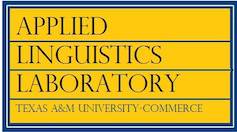The role of translanguaging in the multilingual turn: Driving philosophical and conceptual renewal in language education
DOI:
https://doi.org/10.21283/2376905X.9.151Keywords:
TRANSLANGUAGING, FOREIGN LANGUAGE EDUCATION, SECOND LANGUAGE EDUCATION, ADDITIONAL LANGUAGE EDUCATION, MULTILINGUAL TURNAbstract
The multilingual turn refers to a recent series of shifts in the core philosophical underpinnings in traditional foreign and second language classroom practice. These changes promote the normalization of processes and practices characteristic of bi- /multilingual speakers. This, in turn, has stimulated new ways of teaching and learning in the classroom. The goal of this article is twofold: first to chart the central developments that have led to the emergence of the multilingual turn thus far, and second to provide an account of how classroom translanguaging is fundamental to present and future developments. We present the conceptual framework undergirding the multilingual turn, before providing an overview of traditional tenets of foreign and second language education. We then examine translanguaging and its implications for language education, and end with a presentation of strategies that may facilitate the implementation of the multilingual turn in the additional language classroom.
Downloads
Published
How to Cite
License
Copyright (c) 2022 Josh Prada

This work is licensed under a Creative Commons Attribution 4.0 International License.


